
Safari Adventure: Counting and Calculating in the Wild – A Mathematical Journey
Table of Contents
Venturing into the wild on a safari adventure can be both an exhilarating and educational journey. As we traverse the vast expanses of the savannah, we learn to count and calculate in ways that intertwine the thrill of exploration with the beauty of learning. Observing the majestic wildlife in their natural habitat, we’re not only sightseers but also active participants in a live classroom without walls. The act of observing, identifying, and understanding these creatures provides a unique opportunity to absorb knowledge about their behaviours, numbers, and the crucial role they play in the ecosystem.

This isn’t just about the fun of discovery; it’s a practical step into the real-world application of educational principles, blending fun with fact and fantasy with numbers. The interaction with nature on a safari kindles a sense of wonder and deepens our understanding of biodiversity and conservation. Whether it’s conceptualising the conservation efforts in African wildlife or engaging with the adventure present in creative non-fiction, we enrich our learning experience. To truly bring this learning to life, understanding the precision needed in wildlife population monitoring or the economics of running a safari park become part of this thrilling educational tale.
Through careful observation and engagement, a safari adventure becomes a living lesson in mathematics, science, and environmental conservation, one that remains imprinted in our memories long after the journey is over. By counting herds of elephants or calculating the distance covered during the trek, we immerse ourselves in an interactive experience that excels beyond traditional classroom boundaries. It’s this seamless blend of education and adventure that makes learning come alive, revealing the wonders of the wild in a way that is as informative as it is thrilling.
Key Takeaways
- Safaris offer an immersive approach to learning about wildlife, numbers, and conservation.
- Educational adventures in the wild aid in practical understanding of complex concepts.
- Adventure and learning complement each other, enhancing the educational experience.
Exploring the Safari Adventure Concept
When we consider a safari adventure, vivid images of the African savannah teeming with wildlife come to mind. It’s an opportunity to witness nature in its most pristine form, as curious animals roam freely in their natural habitat. The excitement derived from observing lions, elephants, and giraffes in the wild is incomparable, combining both education and entertainment, while fostering an appreciation for the complexities of our ecosystem.
To fully engage in a safari adventure, we often employ counting and calculation skills. Keeping track of the number of animals spotted, for instance, adds a fun and interactive element to the experience, transforming passive observation into an active educational pursuit. Children, in particular, find joy in tallying up different species, which inadvertently hones their numerical abilities.
Calculations also play a significant role; they can be as simple as estimating the distance travelled in a day, or as intricate as calculating the speed of a cheetah during a chase. Through this, we bridge the gap between abstract numbers and real-world applications, making learning both relatable and thrilling.
Adventures in the wild are inherently unpredictable, adding to the exhilaration. But with unpredictability comes the chance to learn adaptability and problem-solving. The necessity to adjust plans due to an unexpected encounter with a herd of buffalo teaches us to think on our feet.
Above all, the true essence of a safari adventure lies in its ability to entertain and enlighten simultaneously. As we immerse ourselves in the wonders of the wild, we foster a deeper understanding of the environment and our place within it. This underpins our commitment to not just enjoy, but also protect these precious ecosystems for generations to come.
Wildlife of the Savannah
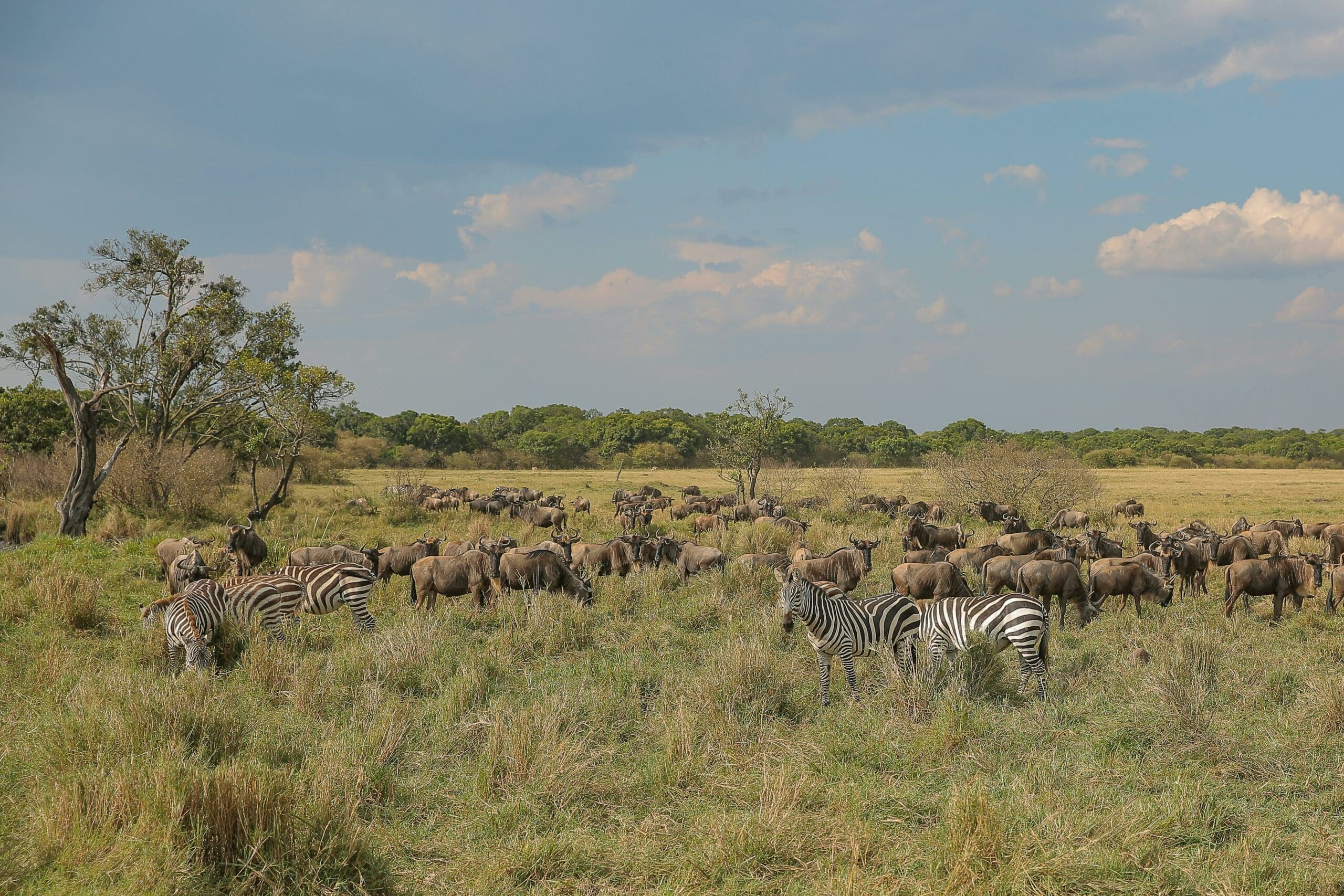
The savannah brims with a variety of majestic animals, each playing a crucial role in this intricate ecosystem. From the regal lions to the towering giraffes, these creatures make the savannah a spectacular showcase of wildlife diversity.
Lion: The King of the Savannah
The lion stands as one of the most iconic figures of the savannah. As top predators, lions are crucial for maintaining the balance of the ecosystems by controlling the population of herbivores. Their social structure is fascinating, living in groups known as prides which centre around related females.
Giants of the Wild: Elephant and Rhino
The elephant is renowned for its intelligence and formidable memory, while the rhino commands respect with its imposing presence. Both are vital to the savannah’s health, as elephants aid in seed dispersal and rhinos help in sculpting the landscape which allows a variety of plant and animal species to thrive.
The Graceful Giraffe and Zebra
Giraffes, with their elongated necks, browse on the higher branches that other herbivores cannot reach, which is crucial for their survival. Zebras are known for their striking stripes, each pattern as unique as a fingerprint, providing a dazzling spectacle across the savannah plains.
Other Inhabitants: Hyena and Warthog
Spotted hyenas, often misunderstood, are actually skilled hunters and play a key role in consuming carrion, which helps keep the ecosystem clean. Warthogs are known for their curved tusks and burrowing habits, contributing to the aeration of the soil and hence, benefitting the savannah’s overall health.
Beyond the Savannah
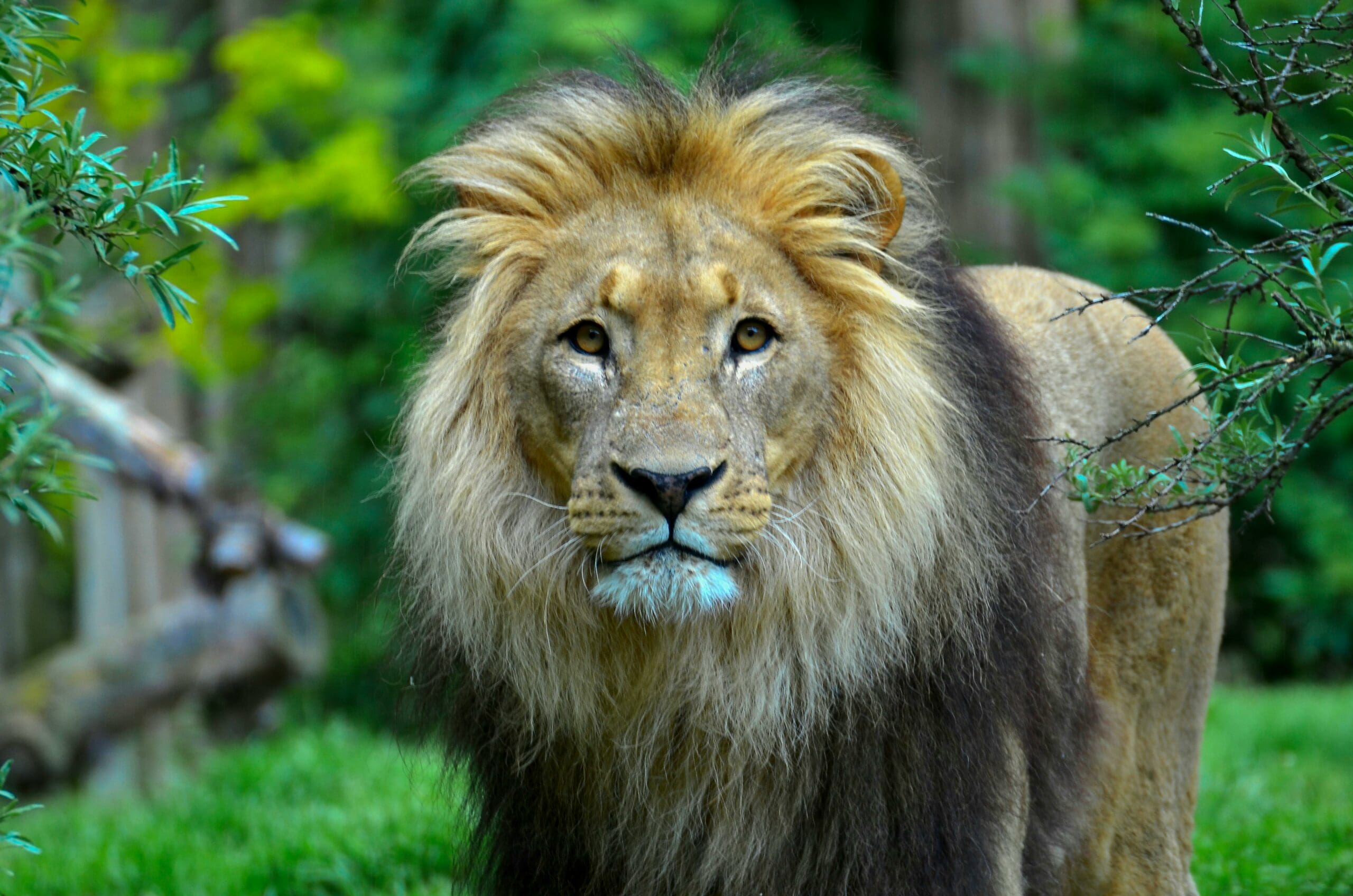
As passionate explorers and educators, we’ve found that the safari experience extends far beyond the sun-soaked savannah and into regions teeming with less-heralded yet equally fascinating wildlife.
Predators Outside the Plains
Moving away from the vast open grasslands, we discover an array of predators that prowl less trodden territories. For instance, tigers are not native to Africa’s savannahs, but in other regions like Asia, they reign supreme, symbolising the fierce beauty awaiting in forests and brushlands. Meanwhile, the side-striped jackal opts for the cover of woodlands and brush, far from the open plains, utilising their keen senses to hunt and scavenge under the cloak of dusk’s shadows.
Unique Species of Africa
Africa’s biomes are as diverse as its creatures. In particular, the pangolin, with its armoured scales and reclusive nature, represents Africa’s unique biodiversity. Delving deeper into the continent’s diverse habitats, one encounters the water buffalo in swamps and floodplains, a powerful testament to the continent’s wealth of distinctly adapted species thriving beyond the savannah. Each animal, from scaled insectivores to immense herbivores, plays an intricate role in our planet’s ecological tapestry.
Fun Learning with Speedy Publishing
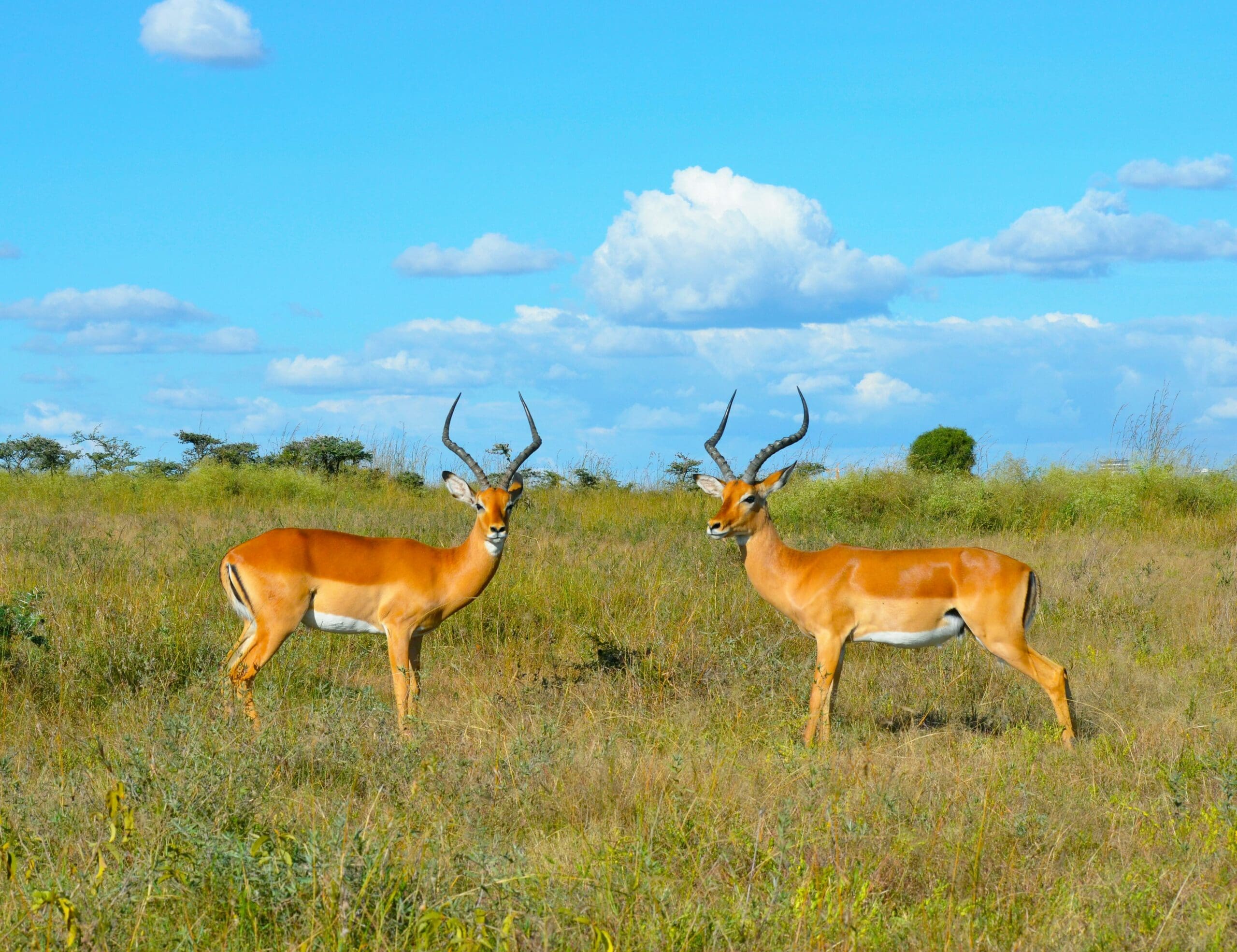
We at Speedy Publishing understand that learning can be both educational and entertaining. As a publisher, we’ve dedicated ourselves to providing quick-reference materials for learners of all ages. Educational content should engage the reader, making the acquisition of knowledge an exciting journey.
Our reference books cover a wide array of subjects, appealing to those who need to grasp concepts swiftly and effectively. Our collection includes factual compendiums and creative non-fiction, each designed to stimulate curiosity and understanding. They serve as excellent tools for anyone looking to expand their horizons quickly.
- Educational materials
- Focused on fun and learning
- Informative and engaging content
- Quick-reference guides
- User-friendly layouts
- Suited for a variety of subjects
For the fiction lovers, we also offer a selection of fiction books, where stories unfold in ways that are not only enjoyable but also impart valuable lessons. This blend of storytelling and learning ensures that readers, especially younger ones, stay hooked on reading while they learn.
- Fiction and Creative Non-Fiction
- Storylines that are educational
- Characters that inspire learning
Speedy Publishing has always stood for making learning accessible and enjoyable, and our mission to create fun and educational books reflects in every page we craft. Join us as we continue to share our love for knowledge and the joy of learning. Whether you’re revising for exams or indulging in a learning adventure, our books are your companions that ensure learning is never dull.
The Adventure of Counting and Calculating
Engaging children in a safari adventure offers a unique opportunity to blend learning with fun. We’ve discovered that when kids venture into the wild, they’re not just observing — they’re actively learning through counting and calculating. This is not just learning; it’s an adventure.
On our safari adventures, kids become young explorers. They count the number of animals they see, such as zebras and giraffes, making their experience interactive and educational. These tallying tasks are effortless ways to introduce them to the basics of maths without them even realising they’re learning.
Calculating distances travelled during a safari brings maths to life. Children estimate how far a lion moves in a day or work out the space between their vehicle and an elephant. This makes maths tangible and relevant.
To make it even more entertaining, we turn these calculations into games. For instance, predicting the number of birds they’ll spot or competing to see who can quickly calculate the total number of animal legs they see! These activities not only make the learning process fun and entertaining, but they also enhance critical thinking and problem-solving skills.
Our safari is designed to be wildly enjoyable for kids. But within the backdrop of laughter and excitement, essential numeracy skills are being honed. Who knew that a safari could be such an effective classroom?
Remember, every counting and calculating game is an adventure waiting to unfold, enabling kids to sharpen their maths skills, engage with the natural world, and have a roaring good time!
An Insight into African Wildlife Conservation
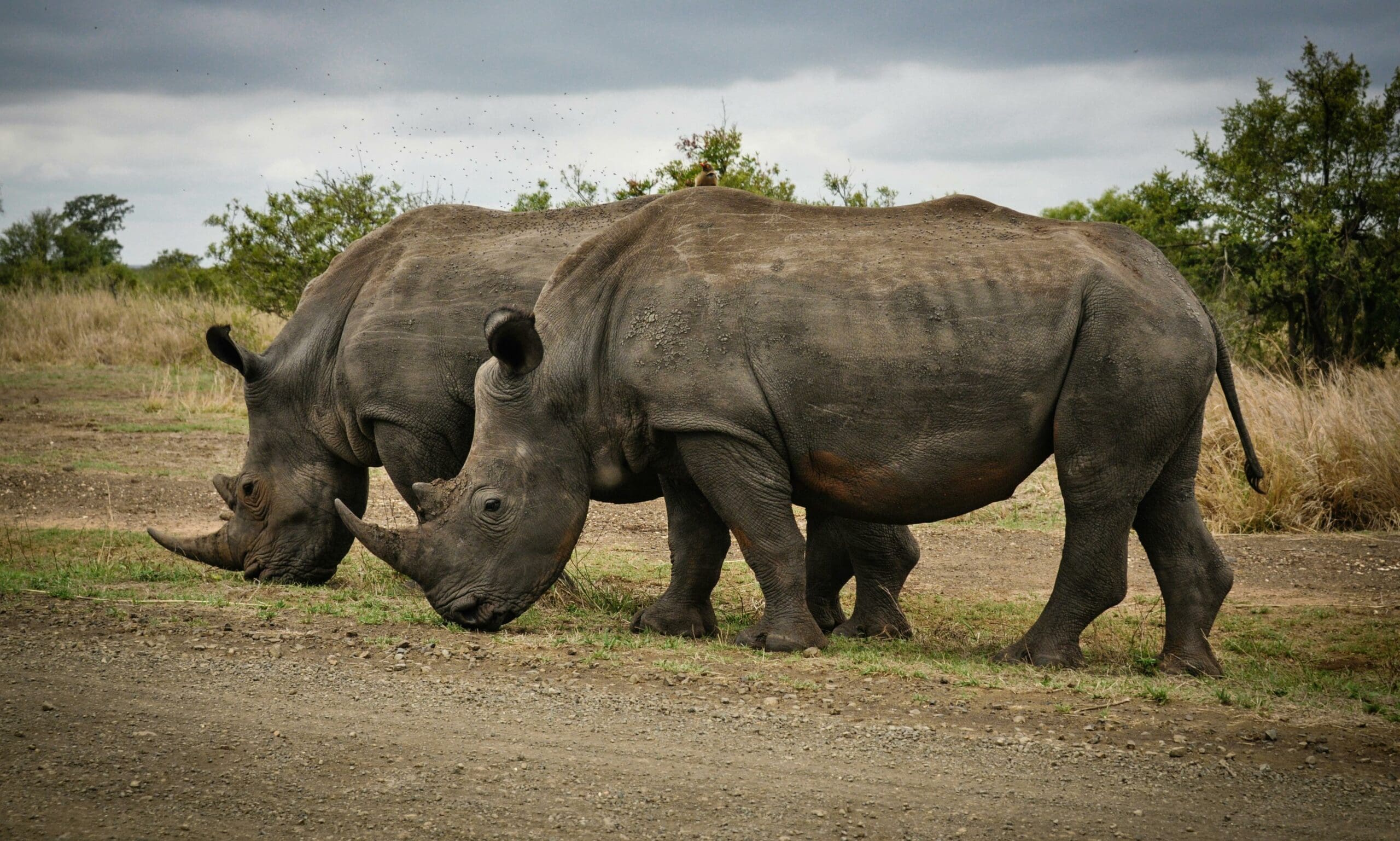
Africa’s rich biodiversity is both a global treasure and a critical concern. We are focused on conserving endangered species and recognising the pivotal role of conservation areas, as they are essential in safeguarding the continent’s wildlife heritage.
Conserving Endangered Species
In Africa, the survival of endangered animals hangs in the balance. We tirelessly study and protect species like the rhinoceros and African elephant, which face threats from poaching and habitat loss. It is imperative to employ strategies like anti-poaching patrols and community education to ensure these animals do not vanish from our world.
The Role of Conservation Areas
Conservation areas are the cornerstone of wildlife preservation in Africa. They provide safe habitats for a multitude of species and serve as research grounds for conservationists. Through effective management of reserves, such as the Serengeti and Kruger National Park, we maintain the delicate ecological balance and support the coexistence of humans and wildlife.
Safari Adventure in Creative Non-fiction
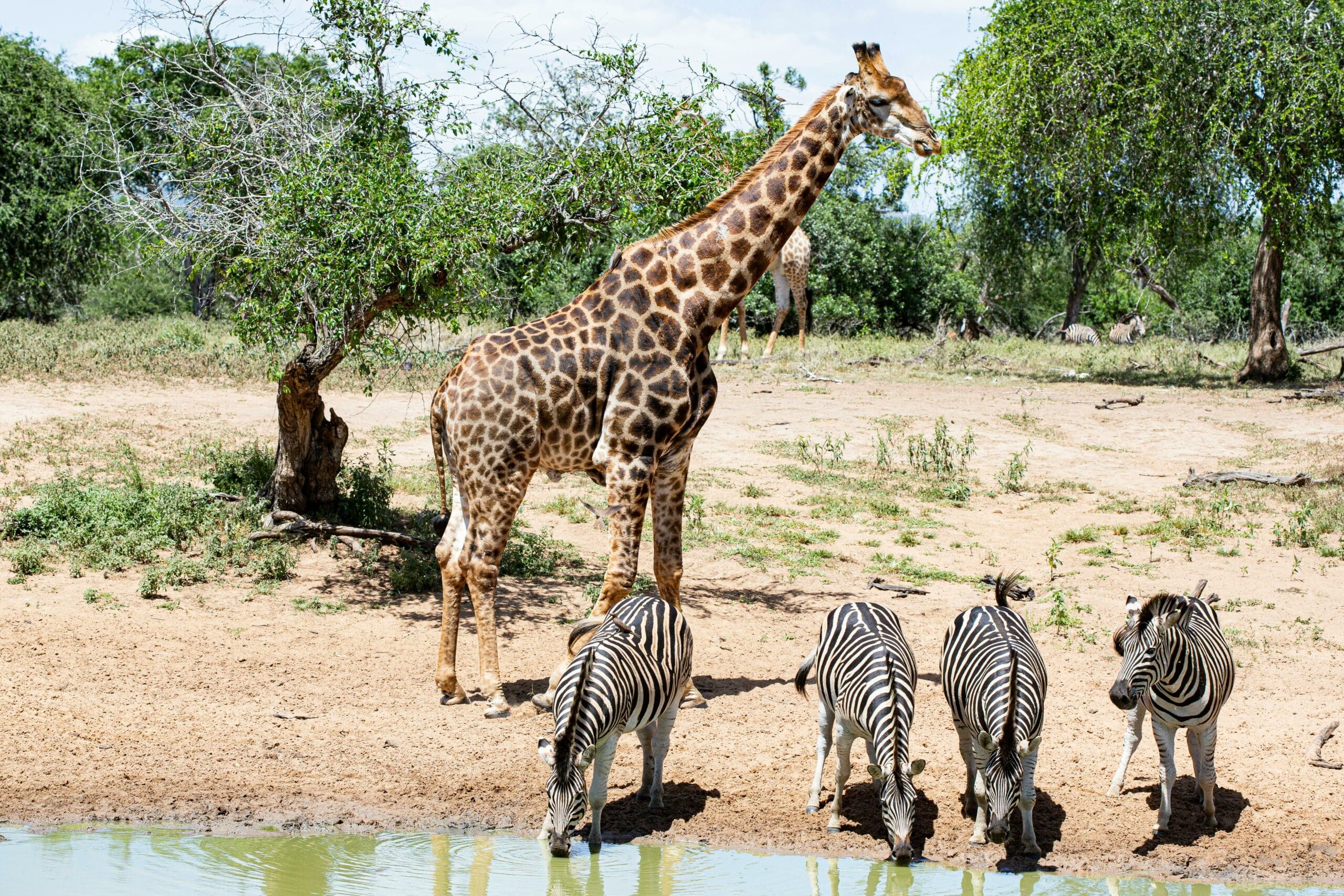
We find that safari adventures lend themselves remarkably well to the art of creative non-fiction. In composing such narratives, various sub-genres, from travelogues to personal memoirs, allow us to entwine factual details with the stylistic elements of fiction. Our professional goals within this domain balance the educational with the enchanting; we strive to impart knowledge while also entertaining our readers.
- In travel writing, we vividly describe the landscape and wildlife, making arithmetic estimations: perhaps calculating the distance traveled or the number of species observed.
- Memoirs could recount personal experiences with nature, wherein the thrill of encounters with the wild calls for precise tallies: how many lions in a pride, or elephants in a herd.
- Literary journalism pieces may require us to research and report on conservation statistics, emphasising the gravity of figures through storytelling.
Our passion for the subject permeates the pages, ensuring that we’re not merely recounting facts; we’re also sharing the fun and excitement of the safari. To educate is to also entertain, and through creative non-fiction, we form emotional connections with the flora and fauna that make the safari more than a mere trip—it’s an adventure for the soul.
Example List:
- Crafting vivid descriptions of safari landscapes
- Emphasising the emotional journey alongside factual data
- Integrating educational content within engaging stories
In essence, creative non-fiction about safaris demands an artful blend of the instructive and the pleasurable. By achieving this, we draw readers into a world where numbers and narratives coalesce, creating an experience that’s as informative as it is thrilling.
Ensuring the Accuracy of Safari Information
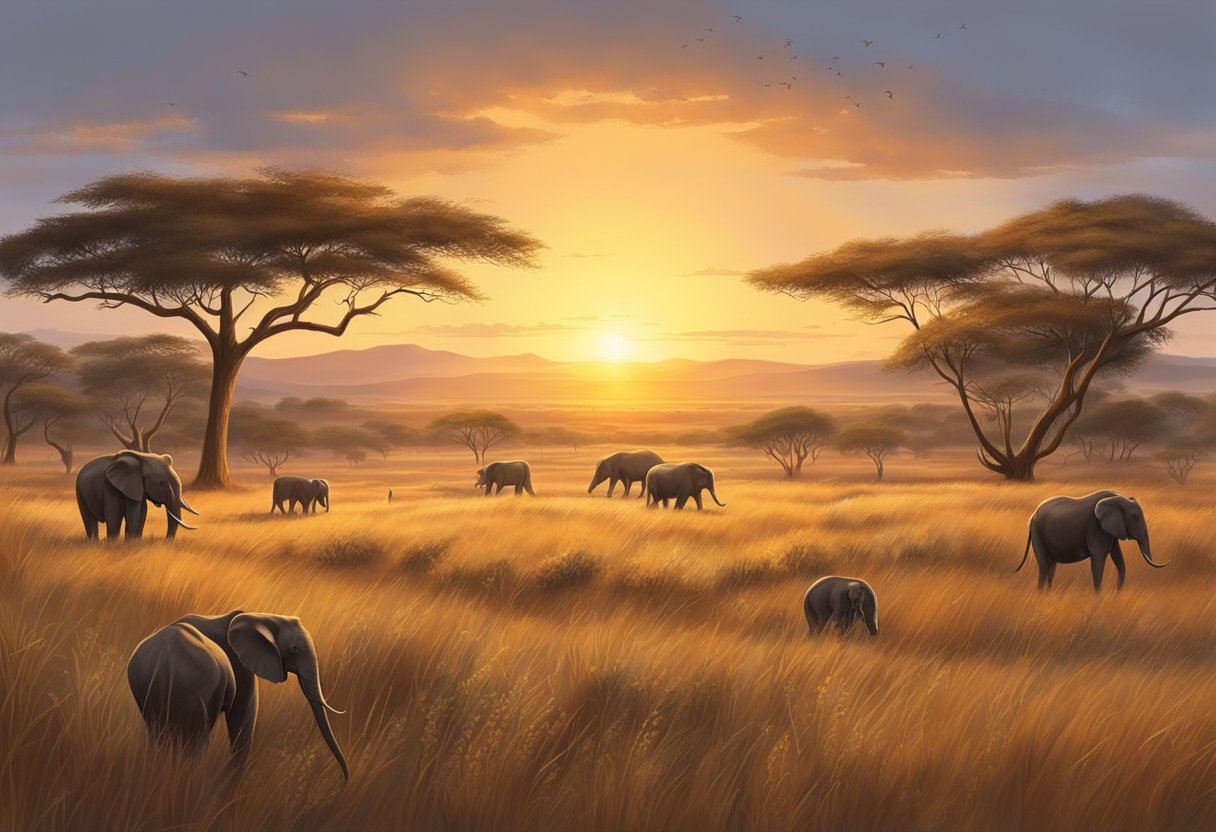
When embarking on a safari adventure, having precise and up-to-date information is crucial for an enriching experience. We understand the importance of accurate data, as it enhances the understanding of wildlife and contributes to conservation efforts.
To maintain the accuracy of safari information, we employ several methods:
Regular Updates: Safari landscapes and wildlife populations are dynamic and ever-changing. We consistently update our information to reflect the latest findings and changes in the environment.
Collaborative Efforts: Working alongside local guides and experts who are intimately familiar with the terrain allows us to offer first-hand knowledge that is both precise and insightful.
Technological Support: Utilising advanced GPS and mapping tools, we ensure that the spatial data provided to visitors are as correct as possible.
Visitor Participation: Encouraging tourists to participate as citizen scientists, such as by sharing their photographs for species monitoring, can contribute to a larger dataset, which helps in deriving more accurate wildlife density estimates. This type of participation has been demonstrated in studies such as tourist photographs acting as a framework for large carnivore monitoring.
It’s also important to note that the precision of our information can directly affect the safety of both the wildlife and visitors. Thus, accuracy isn’t just a preference—it is a necessity. By regularly verifying the details provided, we not only enrich the safari experience but also uphold the integrity and sustainability of these protected areas.
Safari Adventure Availability Worldwide
Safari adventures are an exhilarating way to connect with nature. We find them accessible across different continents, allowing individuals from every corner of the globe to partake in these thrilling experiences.
In America, safari adventures are not limited to traditional wildlife excursions. North America offers diverse wildlife viewing, often in vast national parks with various pricing options. South America, with its rich biodiversity, also provides varied safari experiences, especially in the dense Amazon rainforest.
Globally, the availability of safari adventures is vast, ranging from the African savannahs, home to the classic safari experience, to the unique offerings of the Australian Outback or the Indian subcontinent.
Pricing for these experiences can fluctuate based on location, duration, and the level of luxury one desires. Some safari adventures might offer budget-friendly options, while others might present a more exclusive, upscale experience.
To ensure these adventures are accessible to many, we see packages that cater to different budgets and preferences. From self-driven tours in national parks to guided expeditions through private reserves, the possibilities are extensive.
Here’s a quick glance at safari availability:
- Africa: Wide range of safaris in countries like Kenya, Tanzania, and South Africa
- America: From the Canadian Rockies to the Amazon Rainforest
- Asia: Tiger watching in India and elephant safaris in Sri Lanka
- Oceania: Crocodile river tours and Outback adventures in Australia
As enthusiasts for educational enrichment, we appreciate the learning possibilities these adventures provide. Observing wildlife and ecosystems firsthand brings to life the theories learned in the classroom, making them especially valuable to curious minds.
We continue to celebrate the global scope of safari adventures, offering a perfect blend of education, excitement, and exploration. Whether it’s witnessing the wildebeest migration in the Serengeti or spotting a jaguar in Pantanal, these adventures have something unique for everyone.
Engaging with Readers Through Trivia and Facts
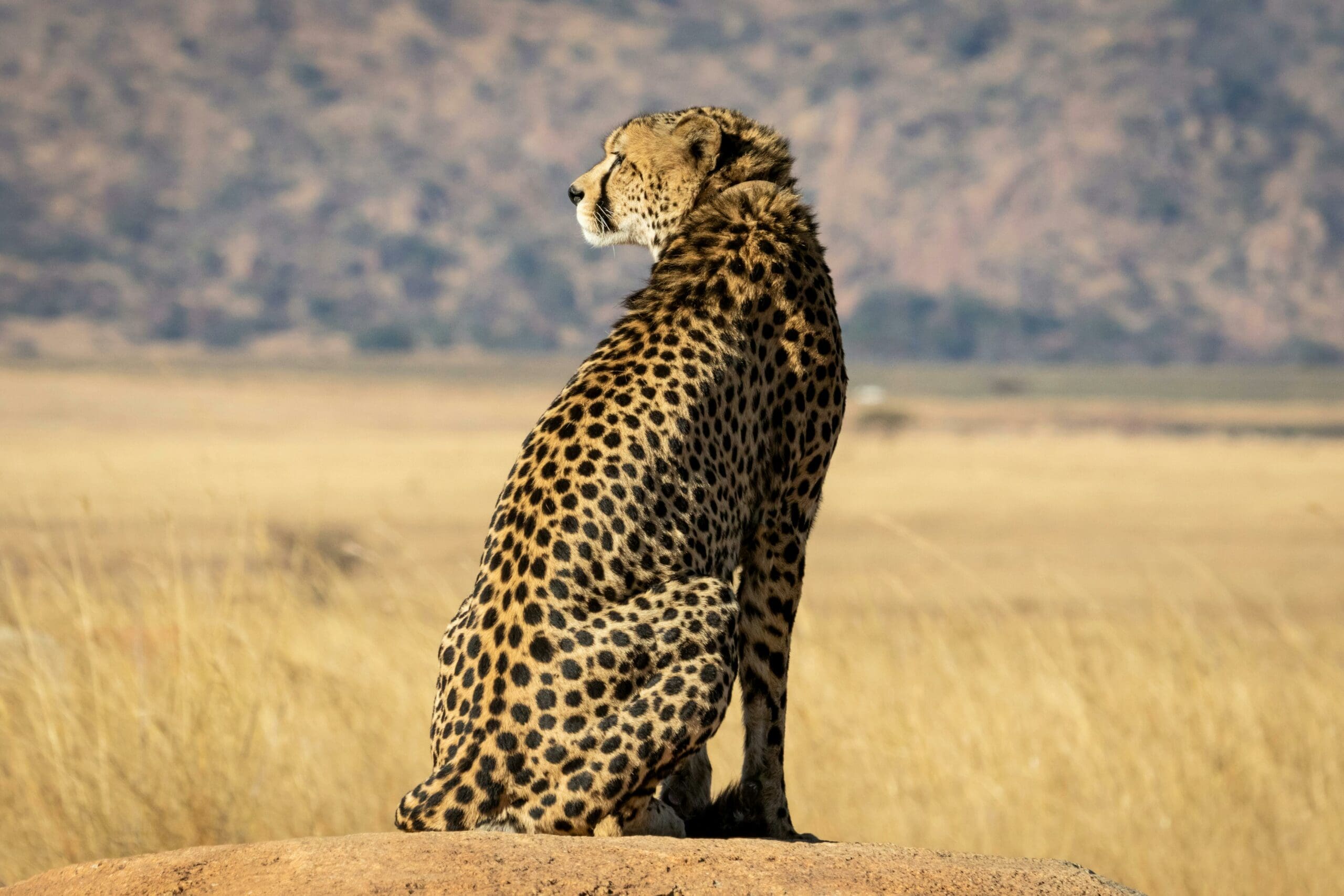
We know how much our readers love to add a dash of excitement to learning, especially while embarking on a mental safari adventure. To quench your thirst for knowledge, we’ve gathered a collection of trivia and facts that will transport you to the heart of the wilderness.
- Did You Know? Elephants are the only mammals that can’t jump. Imagine the ground rumbling as this massive creature stays firmly planted!
- Lions, often called the ‘kings of the jungle,’ actually spend most of their time in grasslands and plains. Their roars can be heard from nearly 8 km away.
| Animal | Fascinating Fact |
|---|---|
| Giraffe | Has a tongue up to 45 cm long, perfect for reaching those high branches! |
| Cheetah | It’s the fastest land animal, reaching speeds up to 112 km/h in mere seconds. |
Trivia like this brings the wild to our fingertips, making us feel as though we’re right there, amidst the grandeur of nature. We weave these tidbits into our learning experiences to keep you engaged and curious. For instance, did you know that a group of zebras is called a dazzle? This fact alone paints a vivid picture in our minds of these striped creatures banding together in a vibrant display.
Moreover, understanding that hippos spend most of their day submerged to keep cool offers us a glimpse into their aquatic lives. They even give birth in water!
We also sprinkle in questions to stir your curiosity. Have you ever wondered how many teeth a crocodile has? An adult croc can have up to 80 teeth at one time and can grow new ones to replace ones they’ve lost.
By mixing these exciting snippets of information into our content, we not only educate but also entertain, keeping the journey of learning as thrilling as the wild itself.
Frequently Asked Questions
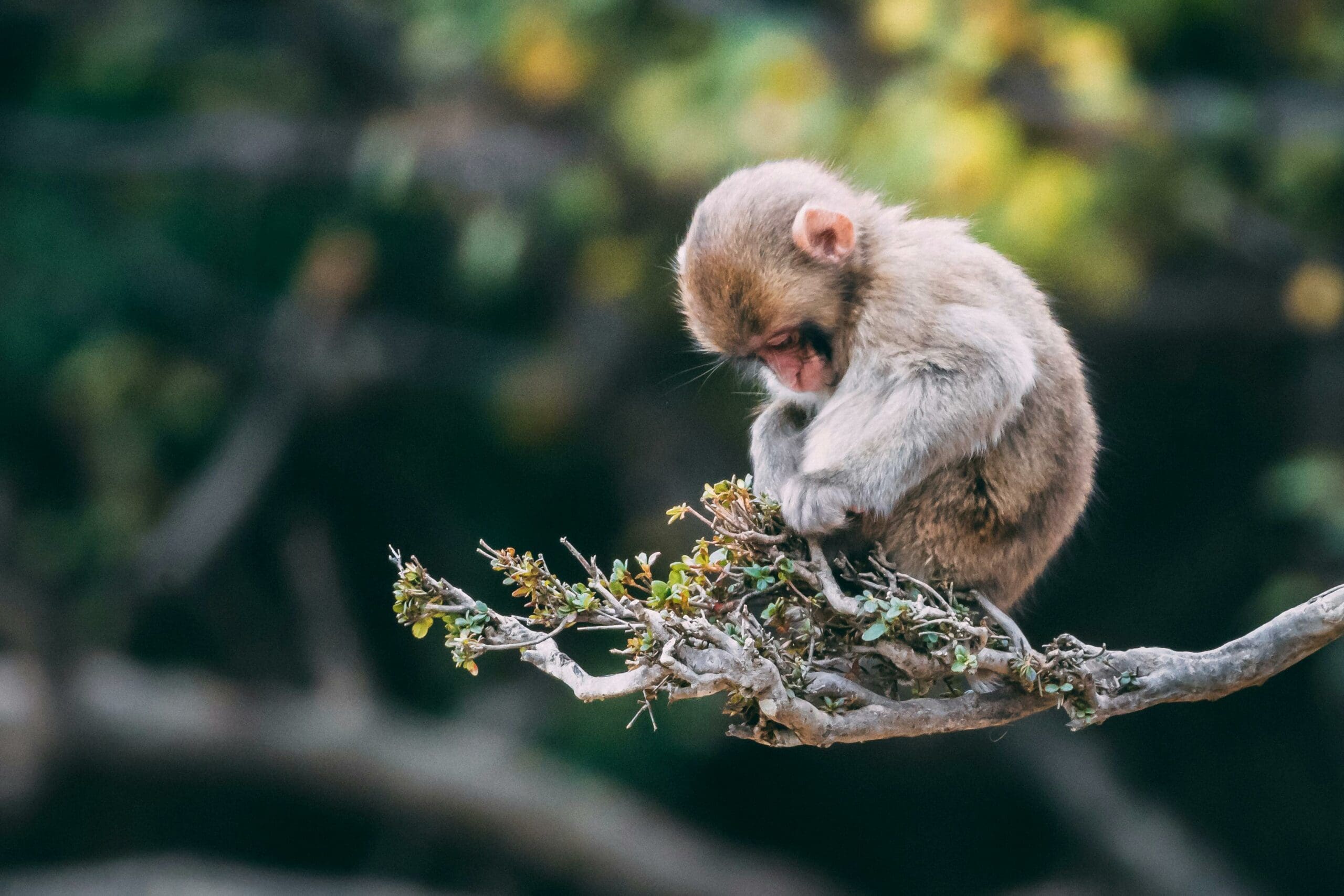
When embarking on a reading journey with ‘Safari Adventure: Counting and Calculating in the Wild’, it’s natural to have questions. We’ve compiled a list of FAQs to help guide you through what to expect from this educational adventure.
What age group is ‘Safari Adventure: Counting and Calculating in the Wild’ suitable for?
This book is ideal for children aged 4 to 8, providing them with an age-appropriate introduction to numbers and basic arithmetic within an exciting safari context.
Are there any educational resources included with the book for supplementary activities?
Yes, the book often comes with additional resources such as activity sheets and challenges that reinforce the concepts introduced, making the learning experience more comprehensive.
How does the book engage children in learning about numbers and calculations?
‘Safari Adventure: Counting and Calculating in the Wild’ utilises engaging storytelling, vibrant illustrations, and interactive problems set within the context of a safari to make learning about numbers and calculations fun and relatable for children.
Can ‘Safari Adventure: Counting and Calculating in the Wild’ be used in a classroom setting?
Absolutely, this book is designed to be versatile and can certainly be incorporated into classroom activities, helping teachers to bring maths concepts to life in an adventurous and accessible way.
Is ‘Safari Adventure: Counting and Calculating in the Wild’ available in different formats, like digital or audio?
While the availability of different formats can vary, it is common for it to be accessible as a digital ebook or audiobook, catering to various preferences and learning environments.
Does the book ‘Safari Adventure: Counting and Calculating in the Wild’ cater to different learning styles?
Understanding that each child is unique, the book includes a mix of visual, auditory, and kinesthetic learning elements, making it an inclusive educational tool that appeals to different learning styles.


Leave a Reply